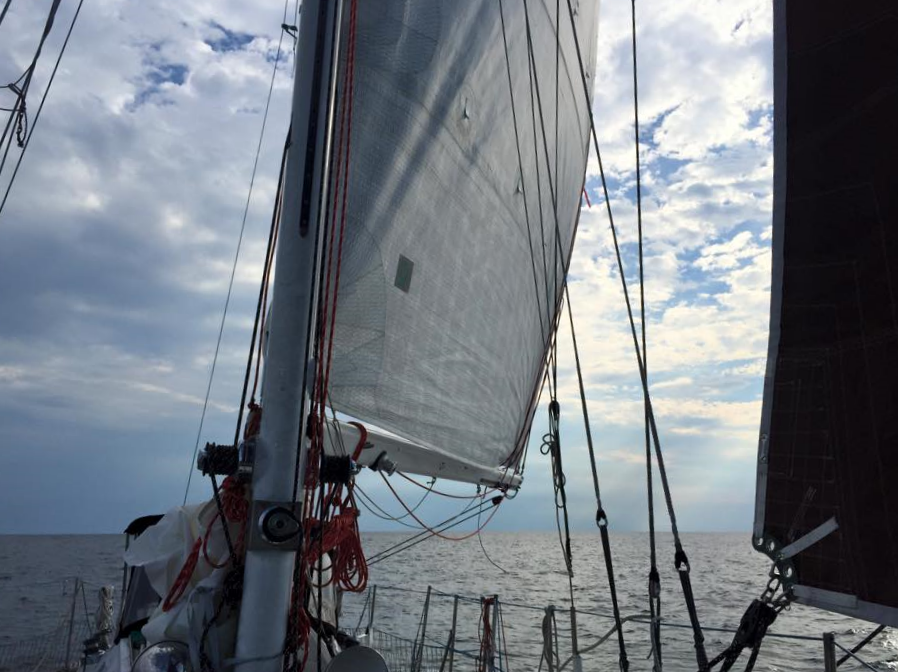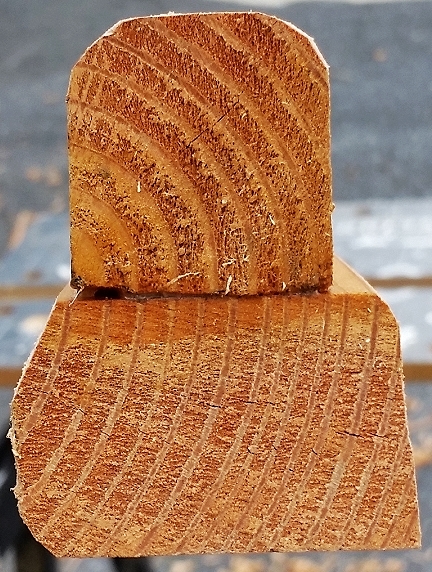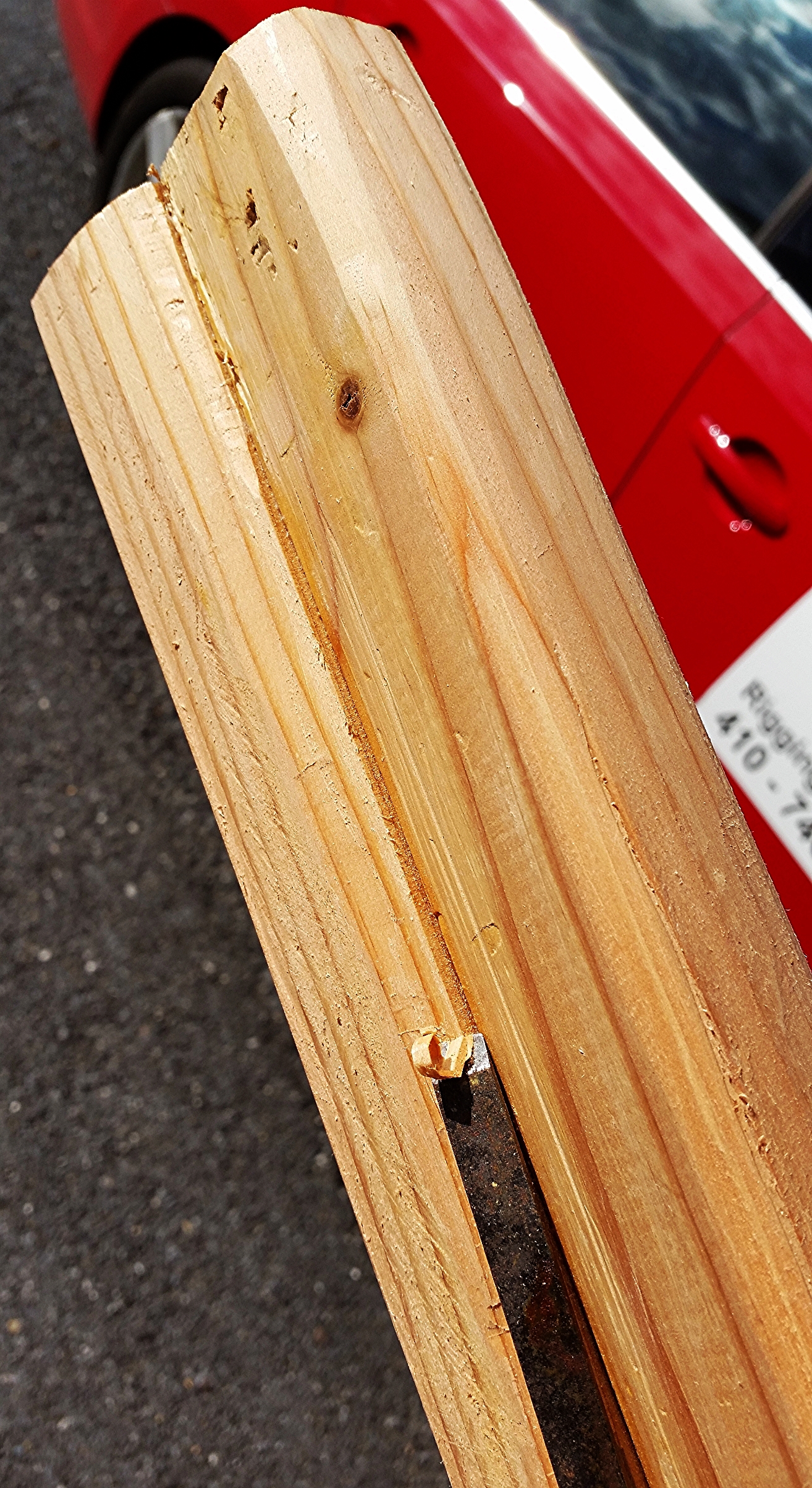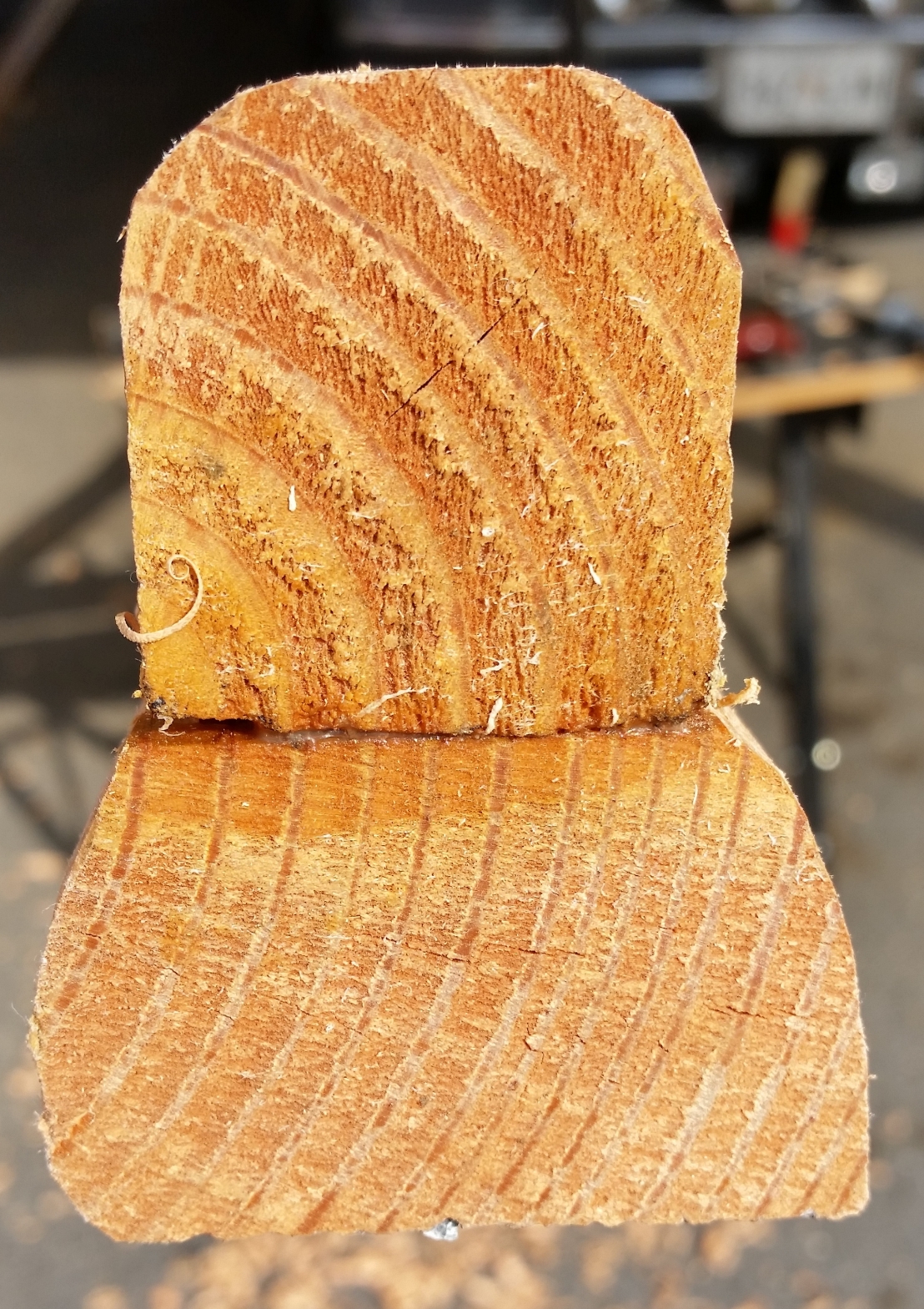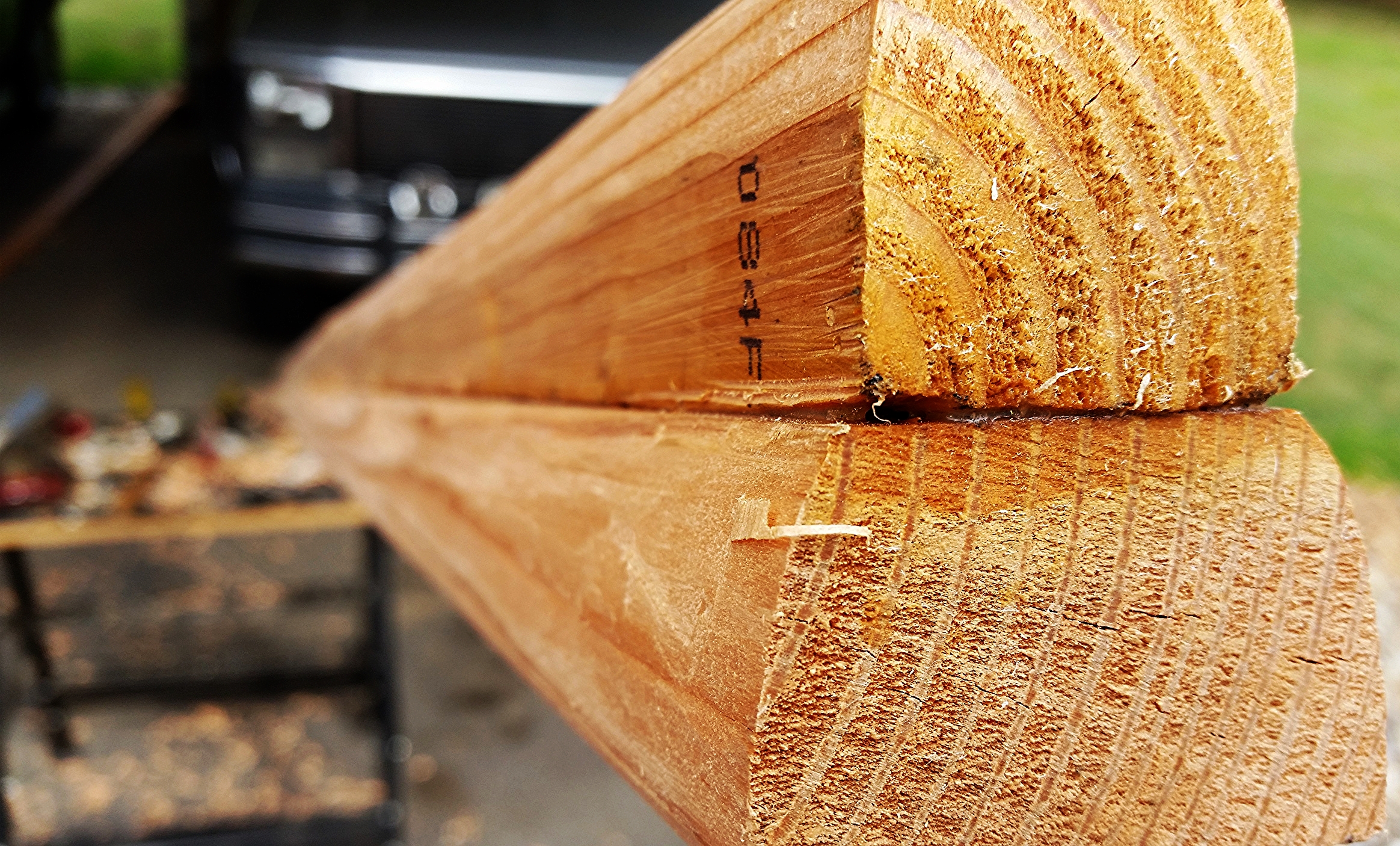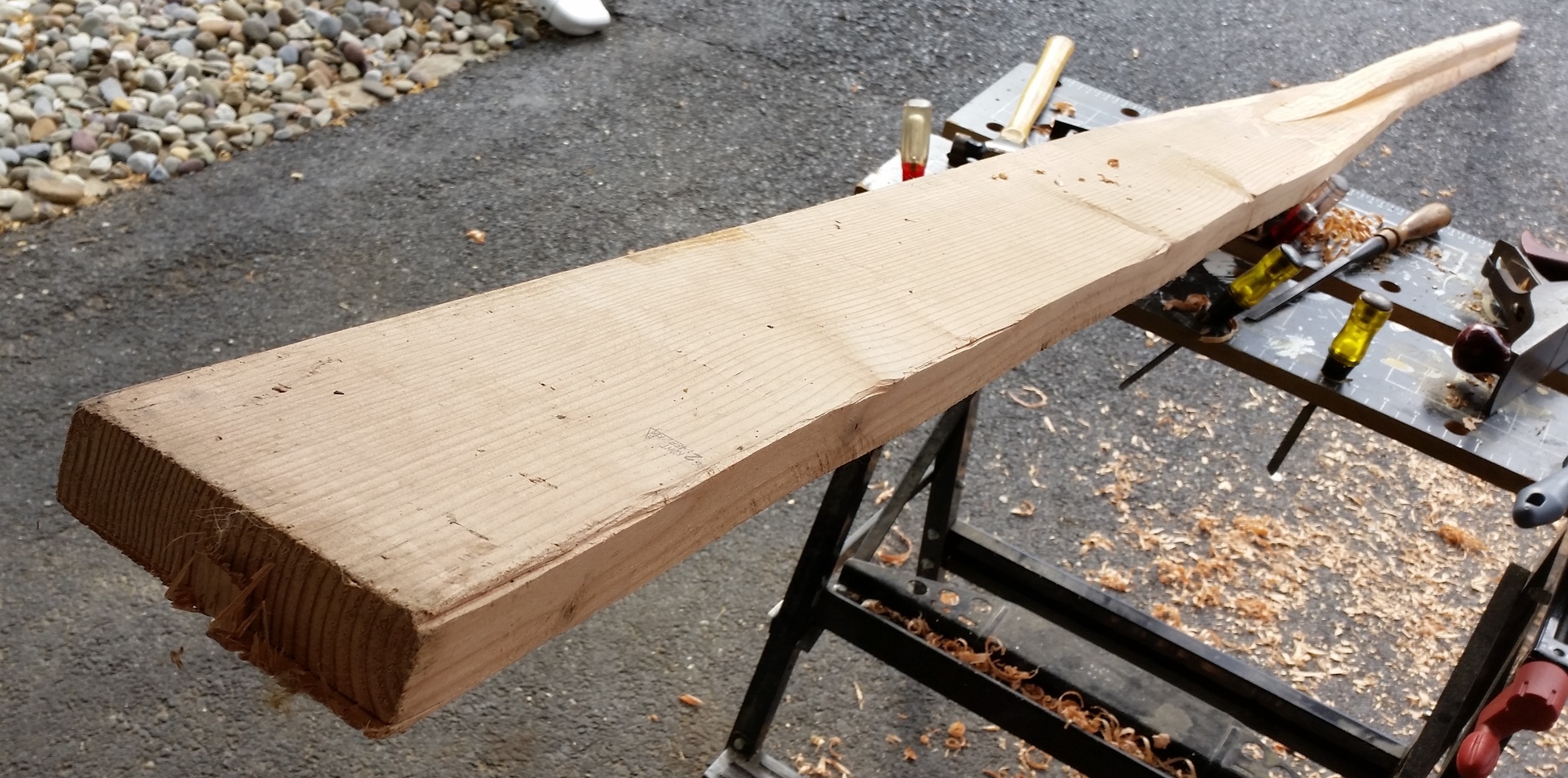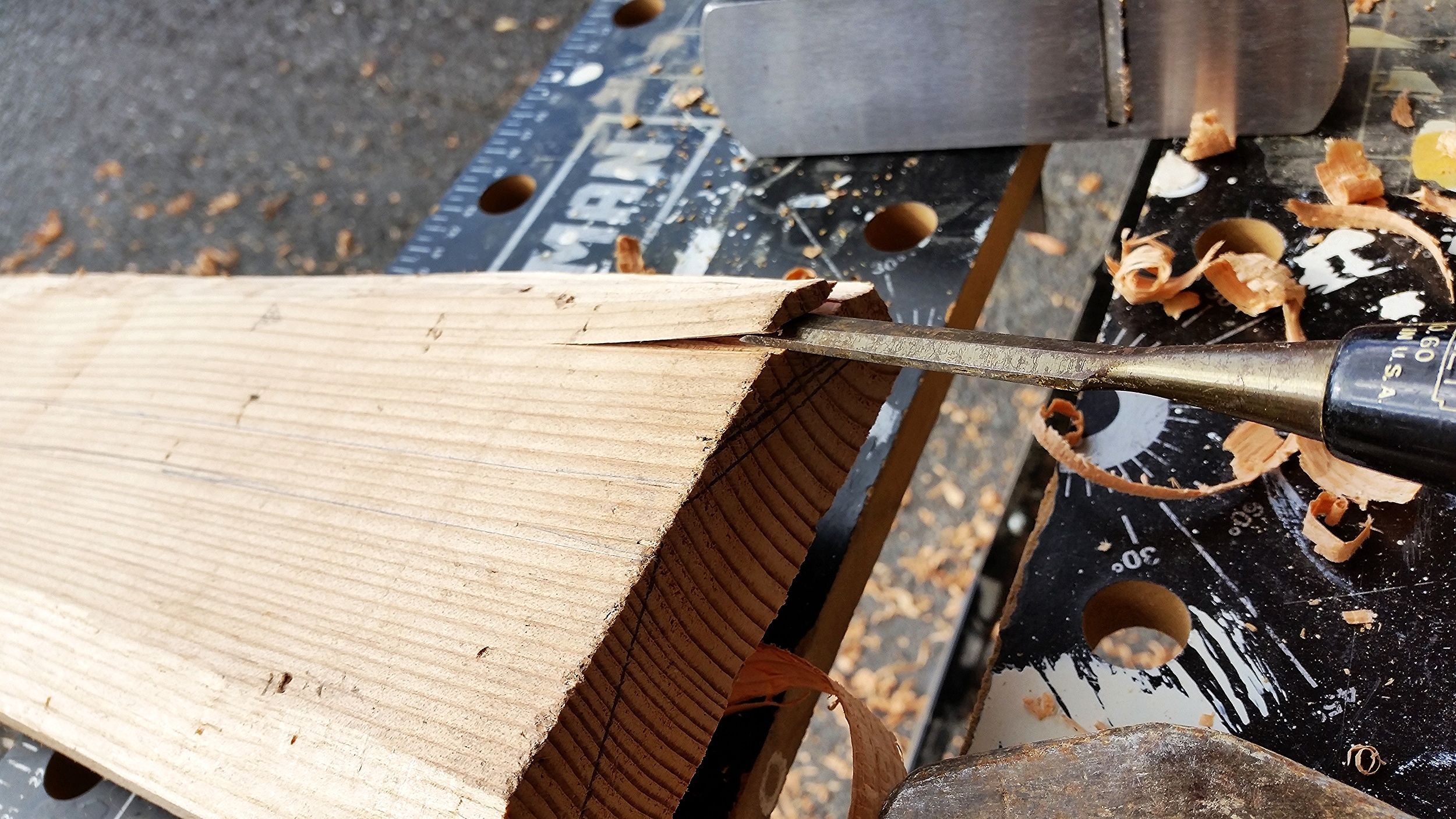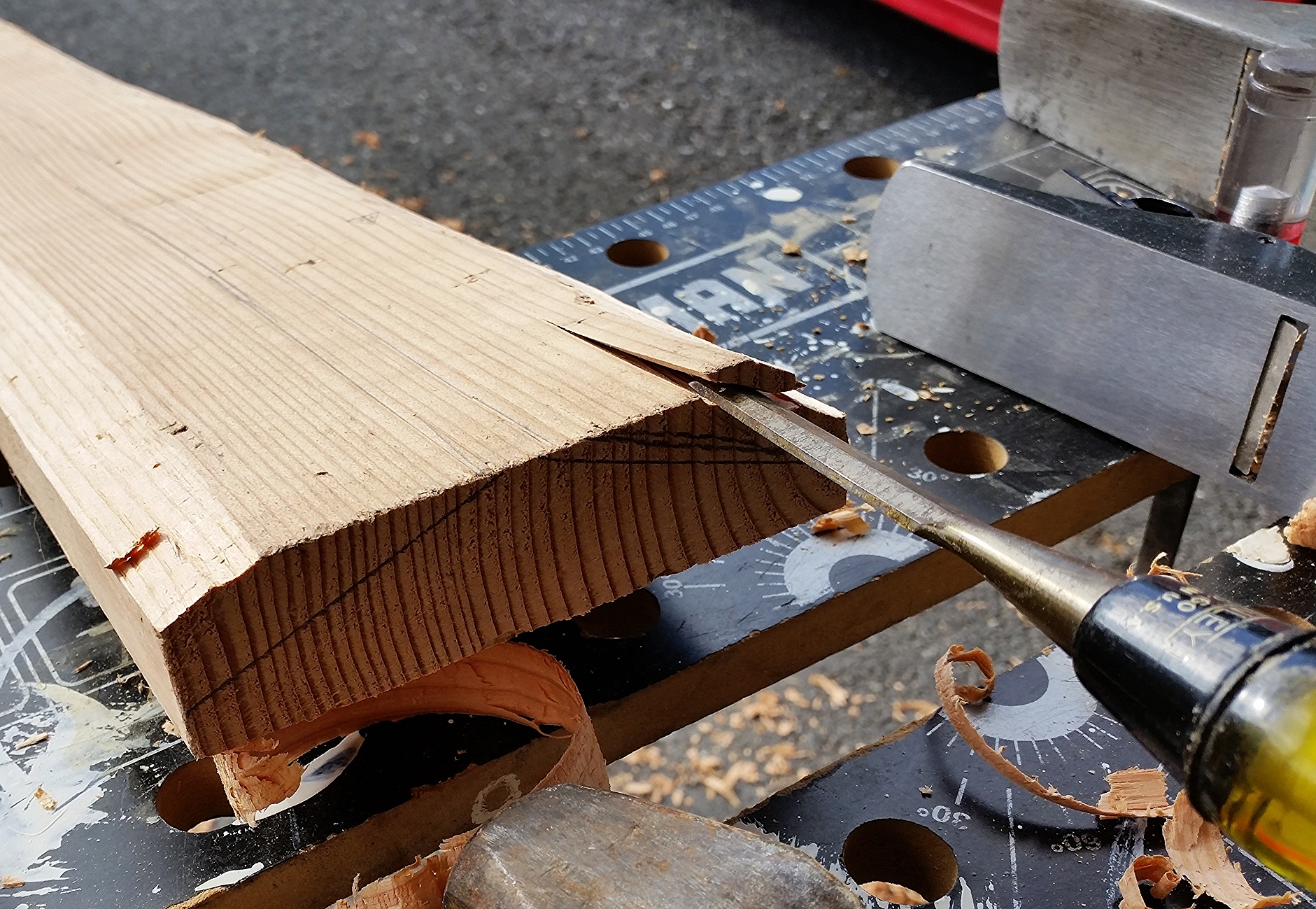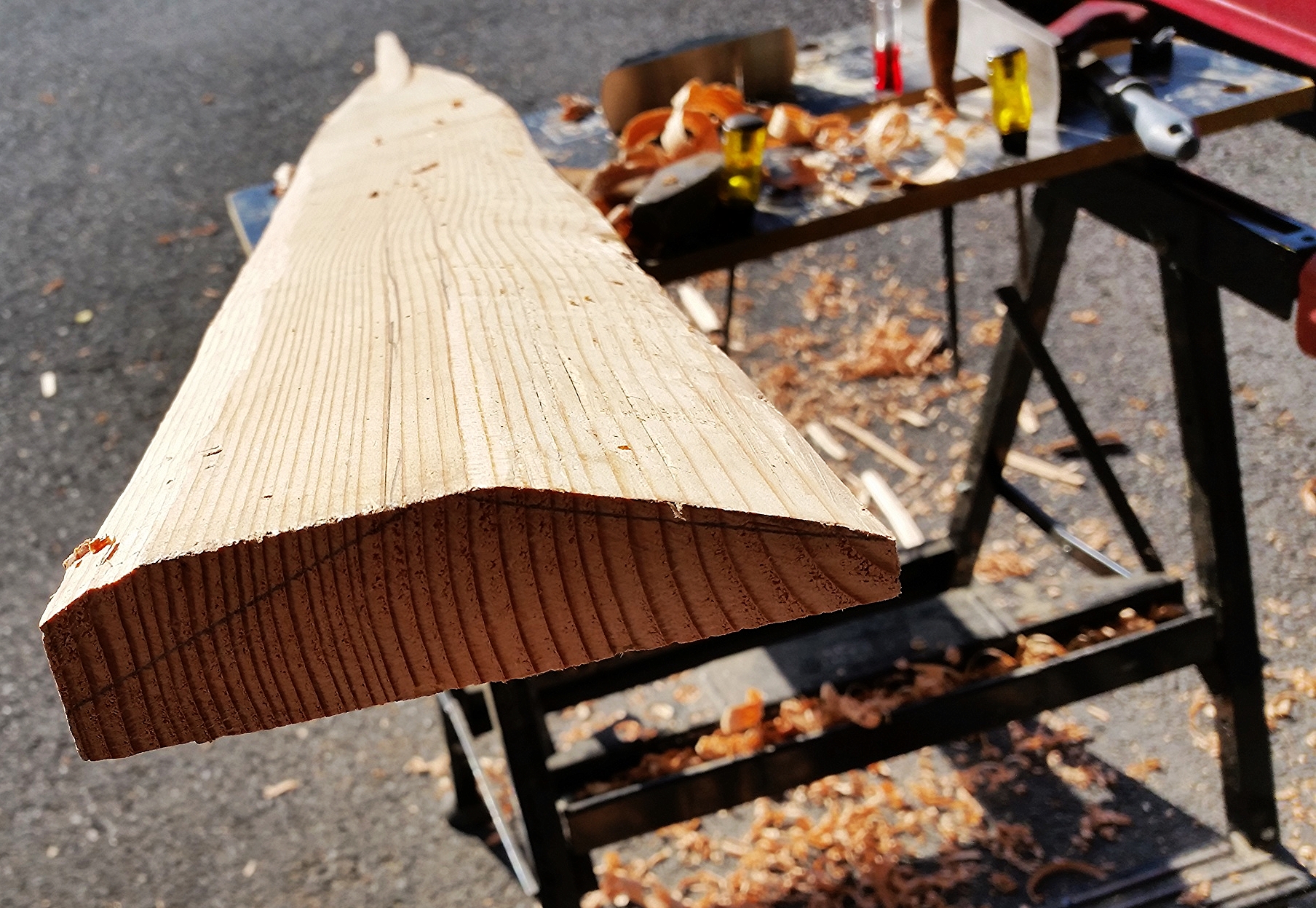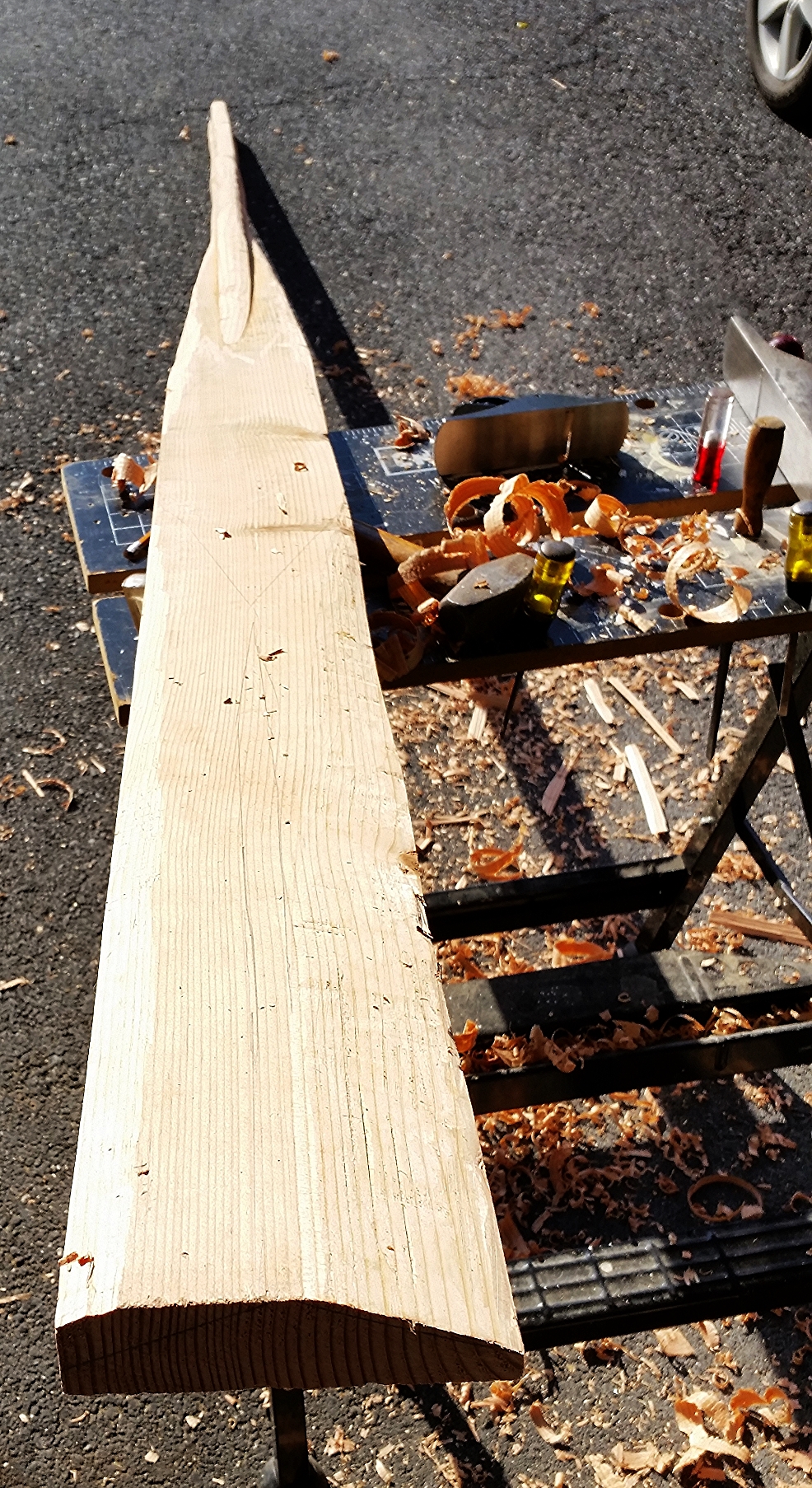Today was a typical July day in the Atlantic; light winds, gentle seas, and no stress. We were making our way north on our return to Baltimore, but I decided I wanted a lot more seaway between us and shore in the event we came across more bad weather. At the speed we were moving, we would have reached the entrance to the bay by nightfall. This would have meant heaving to in one of the most commercially active areas on this coast or staying up all night doing watches. The other option was head very far out to sea and heave to for one more night and make our way in with day break. I chose to do the later.
You can see our dirt towel on the starboard deck. We use this dirty thing to help contain the mud that gunk that comes up on the anchor chain and falls on the deck. During this trip, it got rather grungy looking, but it still serves it purpose.
Proper cruising attire, life jacket with clipped in harness, T-shirt, and comfy pajama pants. When sailing, be comfortable!
We sailed in very light winds, around 10 to 12 knots most of the time. The seas were so calm that we enjoyed walking around the deck and playing with Morty, our corgi, as the boat sailed itself. While we do have an autopilot, it seems to consume a lot of power. My favorite alternative is to centerline the rudder, lock it in place, and balance the sails. This method consumes no electricity and lets us walk around the boat without worrying about helming. Our favorite spot to hang out is next to the shrouds or up by the staysail tack.
As the day progressed the winds became a smidgen stronger, so we switched from the drifter to the jib, in the event that the winds continued to grow.
As the afternoon grew on, the sky began to fill more and more with clouds, hinting at stronger winds that evening and next day. While we never moved fast, we did always maintain a slow and steady speed, thoroughly enjoying the day out in the Atlantic, far from shore with no land in sight.
By 6:30 PM, we were around 20 miles offshore. I was looking forward to this! No boats were visible on the horizon, no boats showed up on the AIS screen, we were completely alone!
We reefed down, putting two reefs in the main and lowered the jib for the night. Heaving to was an easy process in these light winds as we readied ourselves for dinner and the best night of the trip!






